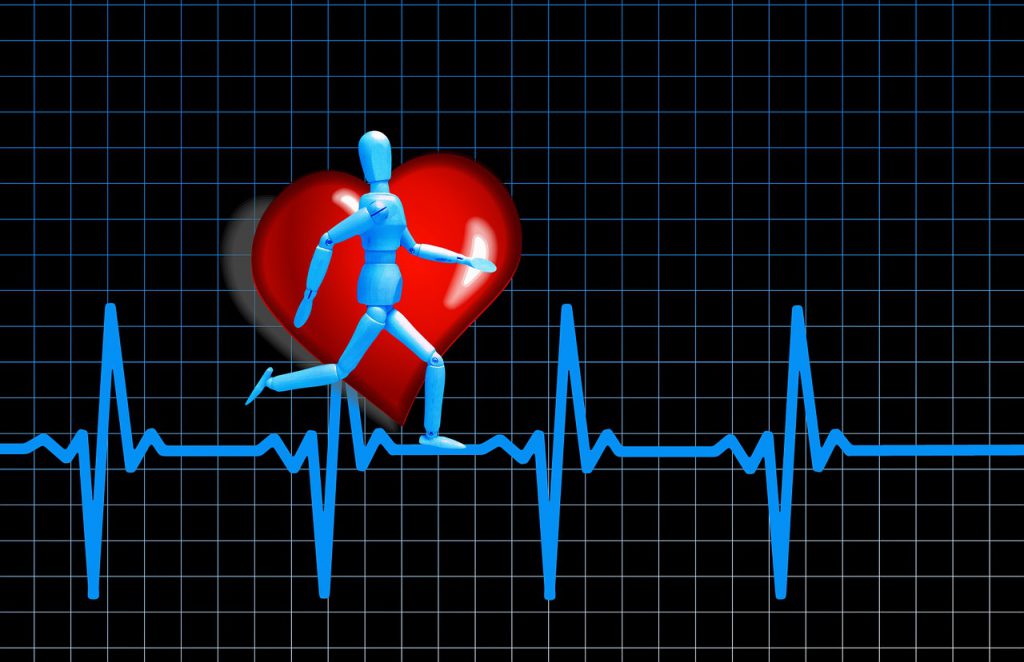Over the past decades, high fructose corn syrup has emerged as a better alternative to sugar. It’s found in thousands of foods, from cereals and fruit juices to low-carb chocolate and protein bars.
Are You In the “Zone” for Aerobic Exercise?

Are You In Your Heart Rate Zone for Aerobic Exercise?
When it comes to physical exercises, most people don’t usually focus on their heart rates. But the truth is that the benefits of heart-rate training cannot be quantified. Every form of exercise whether mild or severe helps in maintaining the fitness of the body as well as promotes weight loss. Nevertheless, an exercise regimen that improves the rate of your heartbeats increases the benefits associated with physical drills.
It is highly important for you to know about heart rate zones and what they signify as well as how to use them so that you can stay safe when working out. Gauging the intensity level of your exercise session will help you in monitoring your heart rate. You can do this by wearing a device called a heart rate monitor or by manually taking your pulse.
There is one question that is becoming commonplace among exercise enthusiasts: are you in your zone? Being in your zone has to do with your heart rate. The American Council on Exercise has opined that anaerobic and aerobic exercises are the primary activities that anyone who wants a well-adjusted fitness program must undergo. There are three main heart rate zones that you must aim for whenever you exercise.
Aerobic exercises are focused primarily on elevating your heart rate. Therefore, your target heart rate or better still your heart rate zone is a percentage of MHR (maximum heart rate). The maximum heart rate is an evaluation of the heart rate that someone could theoretically attain during extreme physical exertion. Your maximum heart rate can be estimated by deducting your age from 226 if you are female or from 220 if you are male.
Aerobic exercises are usually uninterrupted physical activities that improve your heart rate as well as your breathing. It must not only be steady and continuous but should be carried out at a relaxed pace. You will enjoy greater benefits if your aerobic exercises last very long. Aerobic exercises like swimming, jogging, and cycling are known to increase stamina, strengthen your heart and help in managing your weight.
When you are warming up, before starting a fitness program, your heart rate should be about 50 to 60 percent of your maximum heart rate or MHR. As soon as you attain a measure of fitness physically, you should intensify your pace until your heart rate gets to about 70% of MHR. At this level, over 85% of the calories that you burn originate from fat, and you begin to enjoy considerable cardiovascular benefits.
Therefore, it is advised that you should aim for the small range target zone which is 50 percent, especially when you are just starting to workout. Then build it up from there to 85 percent. It is assumed that after six months, you will be able to exercise and reach 85 percent of your maximum heart rate.
If you have any cardiac-related problem or heart condition, make sure that you consult a healthcare professional to get advice on the best forms of exercises that you can engage in as well as what your target heart rate should be. You also need to find out whether you need to be monitored during exercise sessions. Adequate information on this matter will help you to determine the types of physical activities that are suitable for you and your fitness level at this time.









No comments yet.